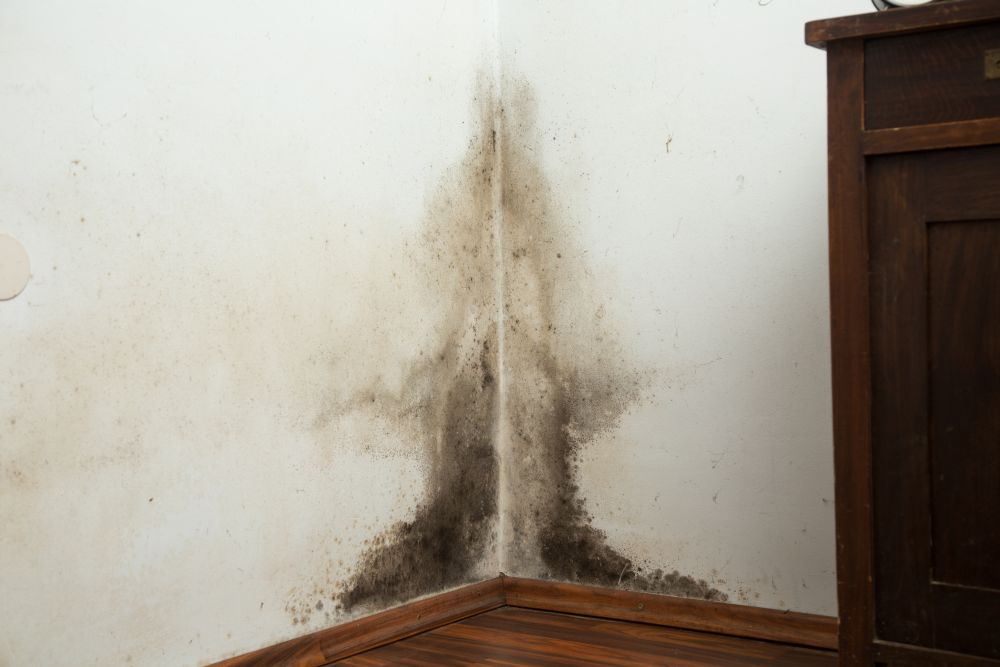Avoiding the ‘c’ word
Staggeringly 318,000 of our homes are damp in New Zealand, that’s one out of five! It’s sobering news.. most are rental properties but newer homes contribute to the stats too. Green Homes NZ builds well above the building code to help prevent such problems so your home is warmer, drier and more comfortable leading to lower running costs. In these unbearably muggy climes we want fresh, cooler air to circulate in our homes and of course in winter we want to be warm and dry without the dreaded condensation – it’s not rocket science, nor is it expensive to implement. Optimal ventilation can transform a damp, mould-ridden home into a comfortable and healthy sanctuary without breaking the bank.
Implement now for summer but plan ahead for winter when you build
Next winter may not be top of mind right now but if you’re building soon you’ll need to plan ahead for damper months – they’ll be approaching not long after your move in date! If you can’t allow for the latest fandangled ventilation system in your building budget, don’t stress, we’ll give you some hacks to help prevent unwanted mould & mildew from compromising your health and the longevity of your home.
Did you know that the BRANZ House Condition Survey found that 66 percent of subfloor spaces had less than the required ventilation rates? It also found that many houses had defects that could be attributed to excessively high levels of moisture.
Does excess moisture make you want to ‘vent’?!
For only a couple of hundred dollars you could make a decent dint in your home’s overall moisture levels while still keeping it secure. A poor choice in window planning can really turn your home into a sponge! Make sure your builder includes lockable window stays as standard spec or ideally request releasable restrictors (for extra passive ventilation) at your pre-construction meeting. You can then keep your home adequately ventilated throughout the day if you’re at work. Night safety is also improved giving you peace of mind, plus you get better airflow during hot nights to prevent tossing and turning in bed!
Are poor performing windows really the only cause of your condensation issues?
While condensation on the inside of the glass may say otherwise, a lack of understanding around how to keep our homes dry is the real culprit.
Many of us adopt an ‘out of sight, out of mind’ mentality, if we can’t ‘see’ internal moisture on our window surfaces it doesn’t really phase us right? This is problematic because in warmer temperatures, moisture levels are still high but relative humidity is lower. This can mask a hidden issue and unseen condensation can promote mould growth on the walls, ceiling and other materials like curtains, carpets and furniture.
Even if you’re building new, poor ventilation can speed up your home’s deterioration and at worst can contribute to major respiratory concerns.
Ventilation recommendations genuinely aren’t an upsell by building companies
For minimal investment you can add in some savvy, sensible building practices and change living habits to make a dramatic difference in your home’s moisture levels at minimal cost.
Insulation is your friend – however if it’s not done correctly or you’re over insulated it can trap internal moisture indoors. There needs to be a balancing act with your ventilation planning and insulation strategy to keep your home drier and more comfortable to live in.
Did you know?
Cooking can produce an average of 3 litres of water per day – always have extractor fans on
Showers and baths can pour 1.5 litres into your home – use extractor fans or open windows wide and close before leaving the house in the mornings
Drying clothes inside can add a staggering 5 litres per load – leave the drying rack outside, or vent your drier well to the outside of your home (if in garage, kitchen or laundry)
More key hacks for significant condensation reduction
It’s vital to aerate your home to improve indoor circulation, and while windows are open run the main exhaust fan to pull out old stale air. Just 15-20 mins will make a difference
Ensure you install windows with lockable stays; or add safety stays for extra ventilation (only costs around $50 extra per window in key rooms such as kitchens and bathrooms)
Keep windows (with stays) open even a little during some or all of the daytime when your home is unattended
When cooking, drying laundry or showering open windows and/or vents and use extractor fans
Home ventilation systems work well to remove moisture-laden air and replace with dry air in most houses, however if you live in an old South facing home with single glazing little insulation – forget it! They also really improve air quality. If you shop around, some lesser known brands are half the price of others.
Double glazing keeps the surface of glass inside warmer, therefore drier plus thermally efficient window frames can also prevent the transfer of heat through frames.
Cross ventilate in summer – open windows or run vents on opposite sides of spaces to give a natural air flow through the structure, circulating air and promoting passive cooling
To tackle condensation you’ll need to consider a holistic approach with ventilation being key.
If you live in a particularly damp area talk to one of our Design & Build Consultants today.

